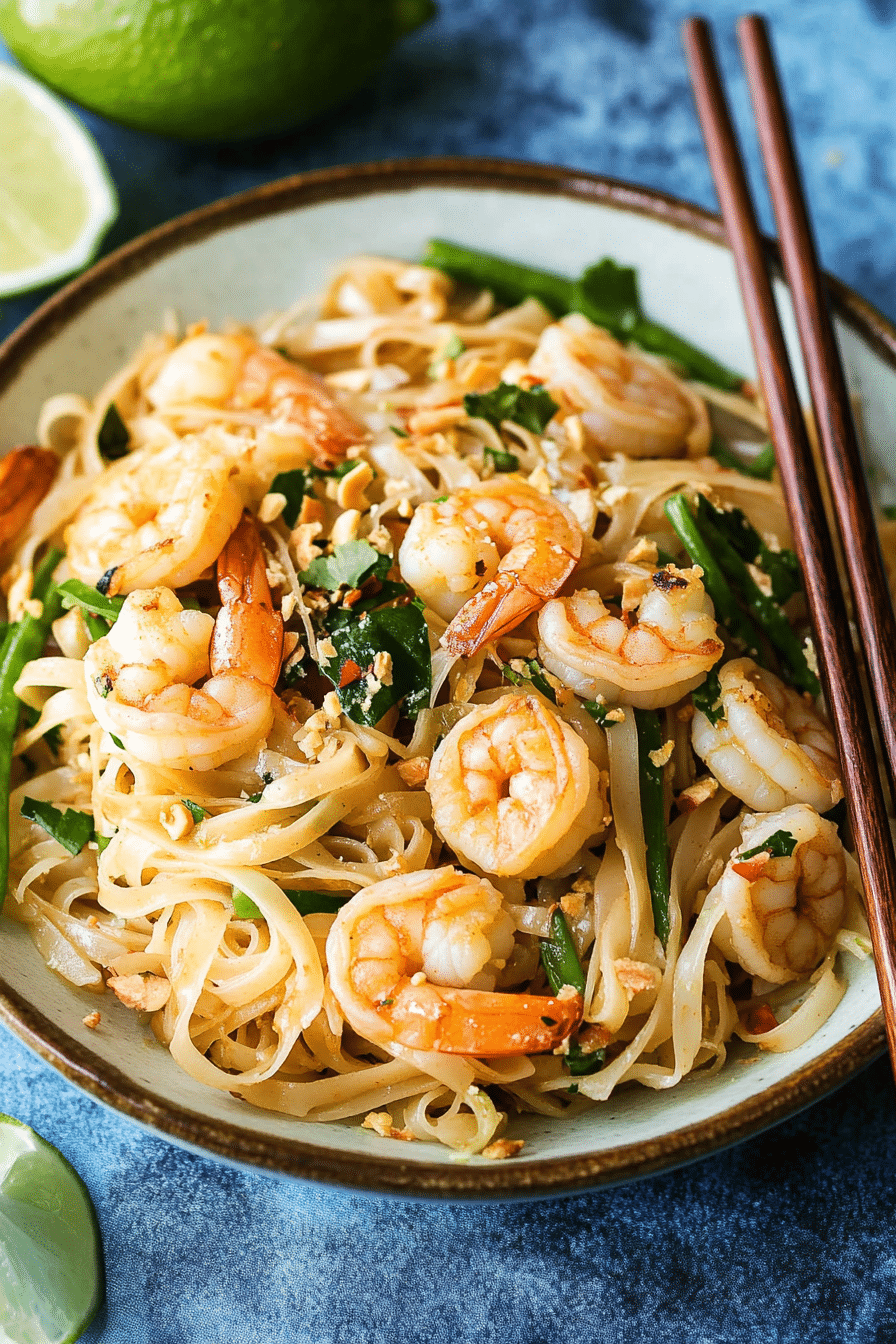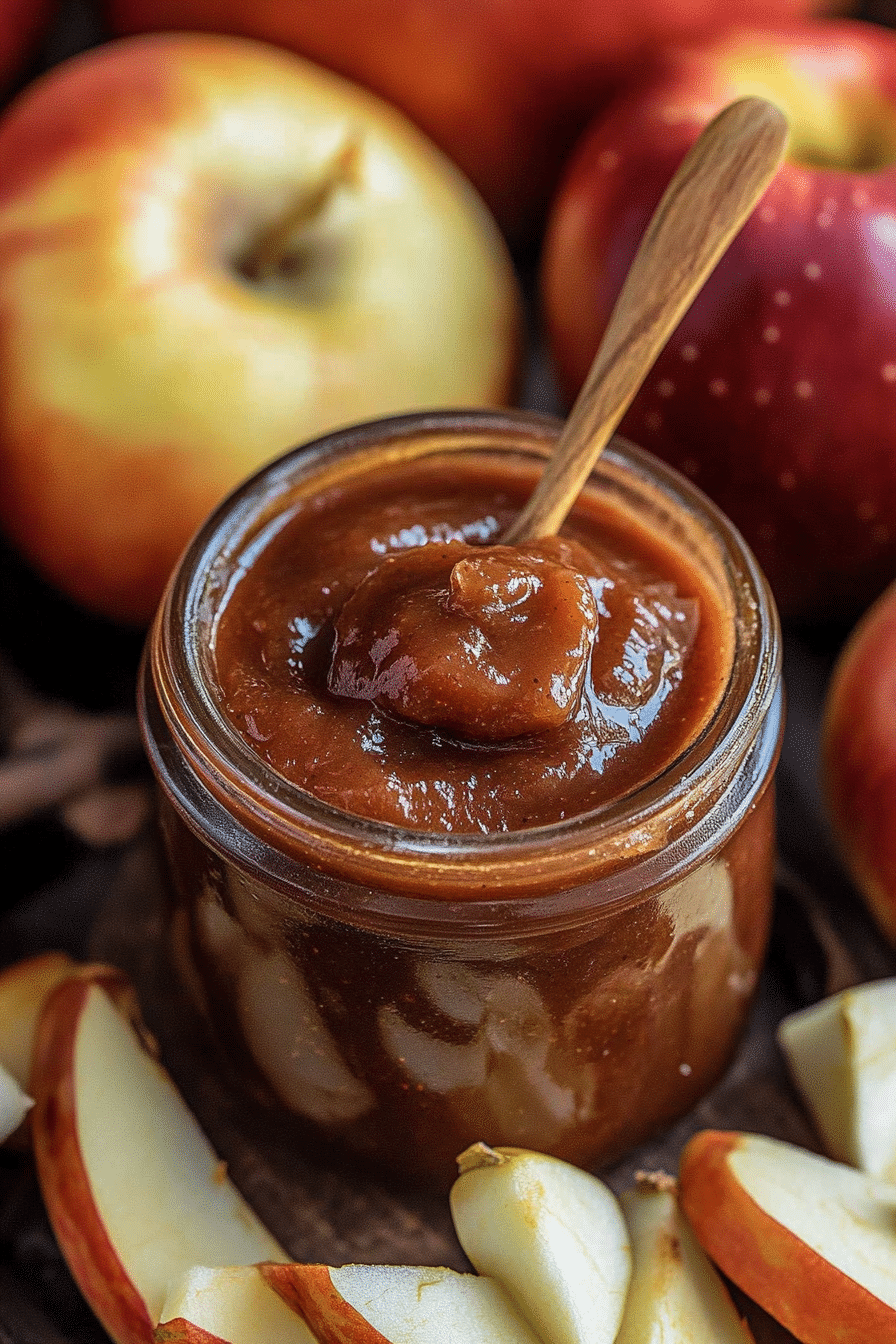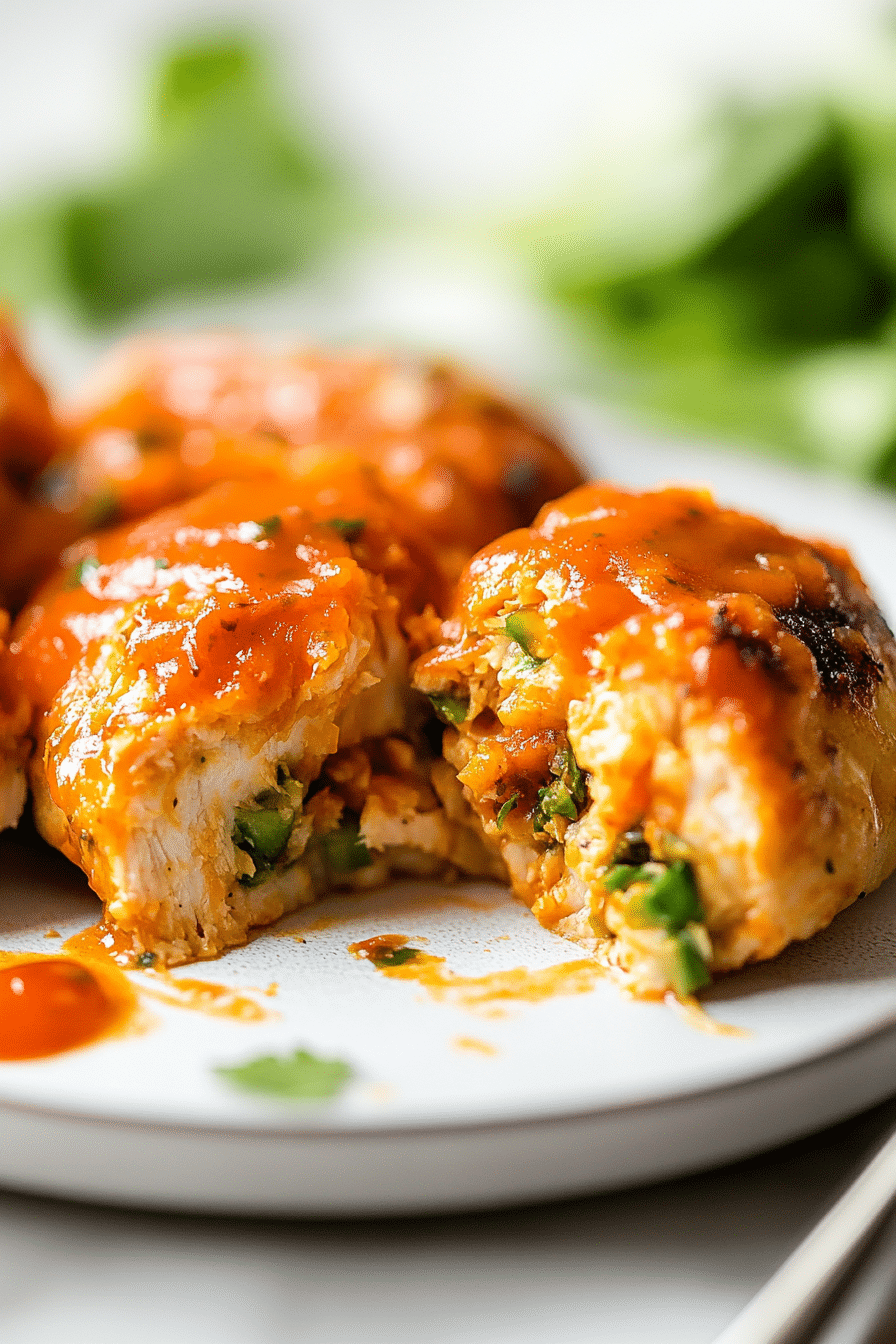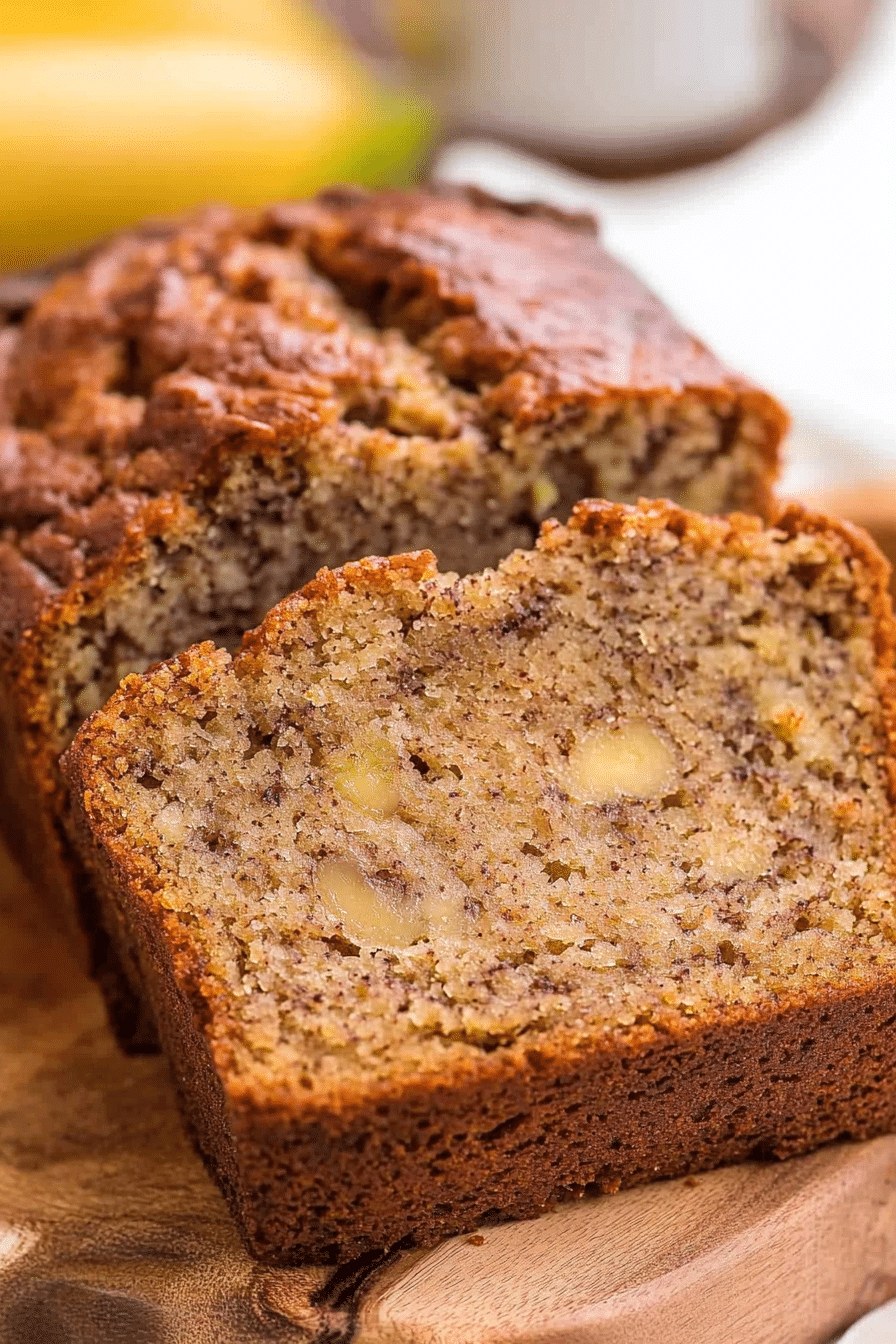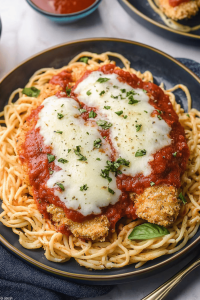Delighting your guests with a perfectly cooked roast leg of lamb can seem like a daunting task, but with the right guidance, it can be simpler than you think. When you learn how to Cook Roast Leg of Lamb to perfection, you transform your kitchen into a haven of aromatic herbs, succulent meat, and rich flavors that elevate any meal into an extraordinary experience. Imagine the tender, juicy slices of lamb infused with garlic and herbs, impressing everyone around the table. For a detailed guide, check out this Roast Leg of Lamb with Garlic and Rosemary Recipe.
Ingredients List
Creating an unforgettable roast leg of lamb dish starts with selecting the right ingredients. Freshness and quality are key to ensuring that each bite is a delight. Here is what you’ll need to prepare your dish:
- 1 whole leg of lamb (approximately 5 pounds)
- 4 large cloves of garlic, thinly sliced
- 2 tablespoons of fresh rosemary, finely chopped
- 1 tablespoon of olive oil
- Salt and freshly ground black pepper, to taste
- Juice of 1 lemon
- Optional: 1 cup of white wine for roasting

The magic of a fragrant rosemary garlic leg of lamb roast lies in the subtle infusion of herbs and the garlic’s deep, savory notes. Each of these ingredients plays a crucial role in enhancing the lamb’s natural flavors, ensuring that your meal is nothing short of spectacular.
Timing
Timing is everything in culinary arts, and cooking your roast leg of lamb is no exception. For a 5-pound leg of lamb, you will want to roast it at 325°F (163°C). Depending on your preference for how cooked you like your lamb, here is a helpful guide:
- Rare: Roast for 15 minutes per pound until the internal temperature reaches 125°F (52°C)
- Medium-Rare: Roast for 20 minutes per pound until the internal temperature reaches 135°F (57°C)
- Medium: Roast for 25 minutes per pound until the internal temperature reaches 145°F (63°C)
Always use a meat thermometer to ensure accuracy. Letting your lamb rest for at least 15 minutes after roasting allows the juices to redistribute throughout the meat, maximizing flavor and tenderness. If you’re new to this, here’s a How to Roast a Leg of Lamb article offering step-by-step guidance.
Step-by-Step Instructions
Step 1: Preparing the Lamb
Start by removing the lamb from the fridge about 1 hour before cooking to bring it to room temperature. Pat the lamb dry with paper towels to ensure a nice crust develops when roasting. Use a sharp knife to make small incisions all over the lamb, inserting the garlic slices into each incision to infuse flavor.
Step 2: Seasoning
Rub the olive oil all over the lamb leg for a smooth coating. Then, generously sprinkle salt and freshly ground black pepper over the surface. Take the freshly chopped rosemary and press it into the lamb to adhere with the oil. The combination of spices and herbs is what makes this Cook Roast Leg of Lamb recipe so flavorful.
Step 3: Roasting Setup
Preheat your oven to 325°F (163°C). If you want an exceptional roast with enhanced flavors, pour a cup of white wine into the roasting pan. This addition does more than just add flavor—it helps keep the lamb moist. Place the leg of lamb on a rack in the roasting pan to allow heat to circulate evenly.
Step 4: Roasting
Transfer the roasting pan to the preheated oven. As the lamb roasts, baste it occasionally with the pan juices to keep it moist. If the garlic starts to brown too quickly, cover the lamb loosely with foil. Monitor the lamb’s temperature with a thermometer, and remove the lamb from the oven when it reaches your desired doneness based on the timing guide.
Step 5: Resting and Carving
Upon reaching the desired internal temperature, carefully remove the lamb from the oven and tent it with foil. Allow it to rest for 15 minutes. Resting is critical as it allows the internal juices to redistribute. Carve the lamb against the grain into thin slices. This method ensures tenderness in every bite.
Nutritional Info
Understanding the nutritional profile of your roast leg of lamb helps make informed dietary choices. Here is a breakdown of the key nutritional components in a typical serving (about 4 ounces) of lamb:
- Calories: Approximately 250
- Protein: 24 grams
- Fat: 16 grams
- Carbohydrates: 0 grams
- Fiber: 0 grams
- Sodium: 70 mg
Lamb is a rich source of protein, essential for muscle repair and growth. It contains vital nutrients such as vitamin B12, zinc, and iron. These nutrients support a healthy immune system and cognitive function. Be mindful of portion sizes to manage calorie intake, especially if you’re aiming for a balanced diet. For more about the nutritional benefits of lamb, visit Nutritional Benefits of Lamb.
Healthier Alternatives
While this recipe is indulgent, there are ways to make it a bit healthier. Consider these alternatives:
- Trim Fat: Ask your butcher to trim excess fat from the lamb. Less fat means lower calorie consumption.
- Herb Substitutions: Use fresh thyme or mint instead of rosemary for a different flavor profile while avoiding added sodium.
- Use Broth Instead of Wine: If you prefer a non-alcoholic option, substitute white wine with low-sodium chicken or vegetable broth.
- Reduce Oil: Use a brush to apply as little olive oil as possible, or substitute with a low-fat cooking spray.
Each of these modifications adjusts the nutrient makeup of the dish. Consider these alternatives as opportunities to experiment while still learning Guide to Roasting a Leg of Lamb.
Serving Suggestions
The elegance of serving a delicious roast leg of lamb is in its presentation. Here are a few creative serving ideas:

- Festive Occasions: Pair your roast with creamy mashed potatoes and a medley of seasonal vegetables for a festive feast that satisfies every appetite.
- Light and Healthy: Serve alongside a refreshing cucumber and mint yogurt salad. This pairing adds a cool contrast to the warmth of the lamb.
- Everyday Dinners: A bed of couscous flavored with lemon juice and fresh parsley complements the robust lamb flavors perfectly.
The beauty of this dish is its versatility with sides, making it perfect for any occasion, from casual family dinners to special celebrations. Get creative and align the sides with the tastes and preferences of your guests or family.
Common Mistakes to Avoid
Even a seasoned cook can make mistakes when learning how to cook a roast leg of lamb. Here are some common pitfalls and ways to avoid them:
- Skipping the Rest Period: Cutting the lamb straight from the oven can make it dry. Always let the lamb rest so that juices can settle
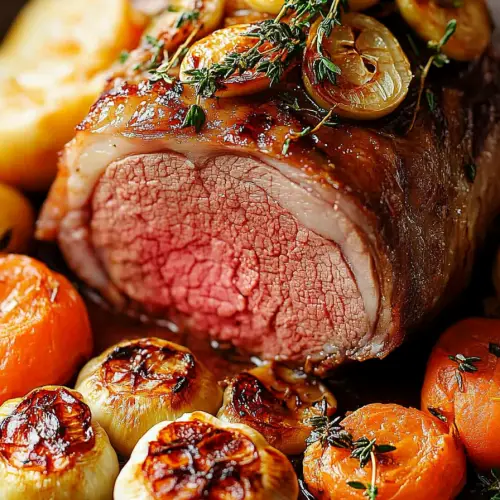
Cook Roast Leg of Lamb
A delicious and easy-to-follow recipe for cooking a perfectly roasted leg of lamb.Prep : 10 Total : 25 minutesIngredients
Main Ingredients
- 4 lb Leg of Lamb Bone-in
- 2 tbsp Olive Oil
- 4 cloves Garlic Minced
- 1 tsp Rosemary Fresh, chopped
- 1 tsp Thyme Fresh, chopped
- 1 tsp Salt
- 0.5 tsp Black Pepper
Instructions
Preparation Steps
- Preheat oven to 325°F (160°C).
- In a small bowl, combine olive oil, garlic, rosemary, thyme, salt, and pepper.
- Rub the mixture all over the leg of lamb.
- Place the lamb in a roasting pan.
- Roast for 20 minutes per pound for medium-rare, or until desired doneness.
- Let the lamb rest for 10-15 minutes before carving.
Notes
Serve with your favorite side dishes, such as roasted vegetables or mashed potatoes.💬Featured Comments
“Impressed! Clear steps and super easy results. Perfect for busy nights.”
· — RubyOwner ReplyAppreciate the feedback — this made my day!“New favorite here — crowd-pleaser. crowd-pleaser was spot on.”
· — ScarlettOwner ReplyThanks for making it! I'm thrilled you liked it.“Super easy and turned out amazing! My family asked for seconds. Saving this one.”
· — AddisonOwner ReplyLove hearing this — enjoy!“This sweet treat was absolutely loved — the cozy really stands out. Thanks!”
· — SarahOwner ReplyThanks a ton for sharing your result!“Made it tonight and wow — super easy! Will definitely make Cook Roast Leg of Lamb again.”
· — LeviOwner ReplySo happy it worked out. Appreciate you trying it!“Packed with flavor and so simple. Exactly what I wanted from Cook Roast Leg of Lamb.”
· — JacksonOwner ReplyThank you for the kind words — glad this helped!




